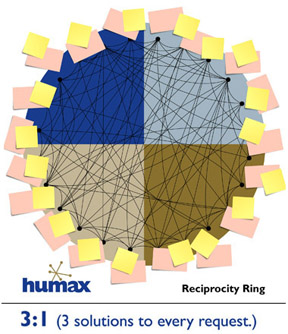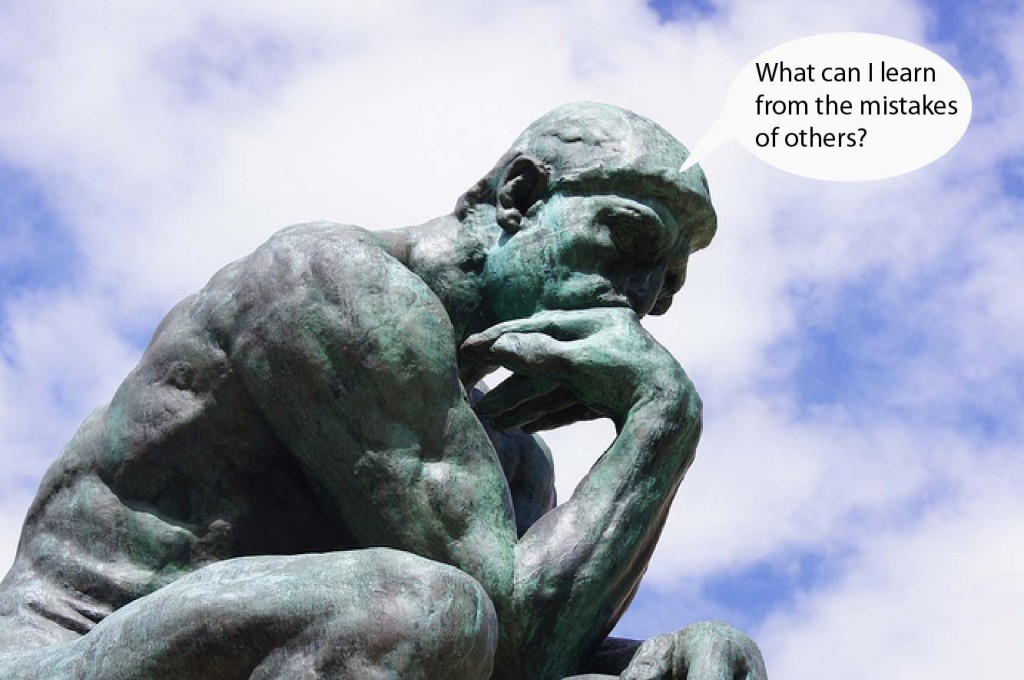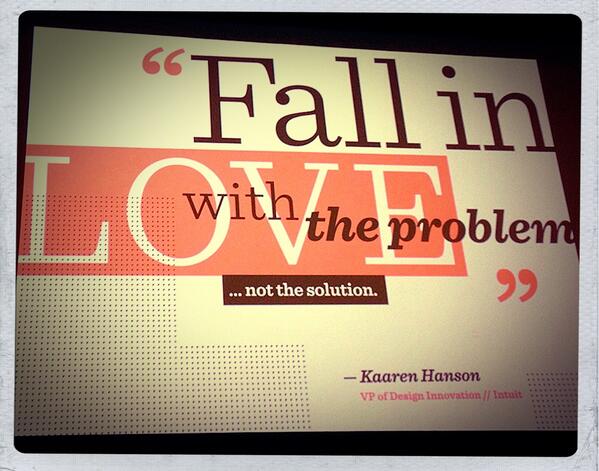“Nip it in the bud!”
—Author Unknown

image from haveyoueverpickedacarrot.com
Today’s quote comes from the world of horticulture, where trimming a bud from a plant prevents it from becoming a flower or a piece of fruit.
Since most of us appreciate the beauty of flowers and the sweet taste of fruit, it would seem there would be little use for that advice, but this form of gardening prevents overgrowth or the spreading of unwanted issues.
As a metaphor in our lives, nipping things in the bud is a good practice when we wish to stop a potential problem before it blossoms into a major issue.
EXERCISE:
Where and on what issue would nipping it in the bud serve you best, personally or professionally?









